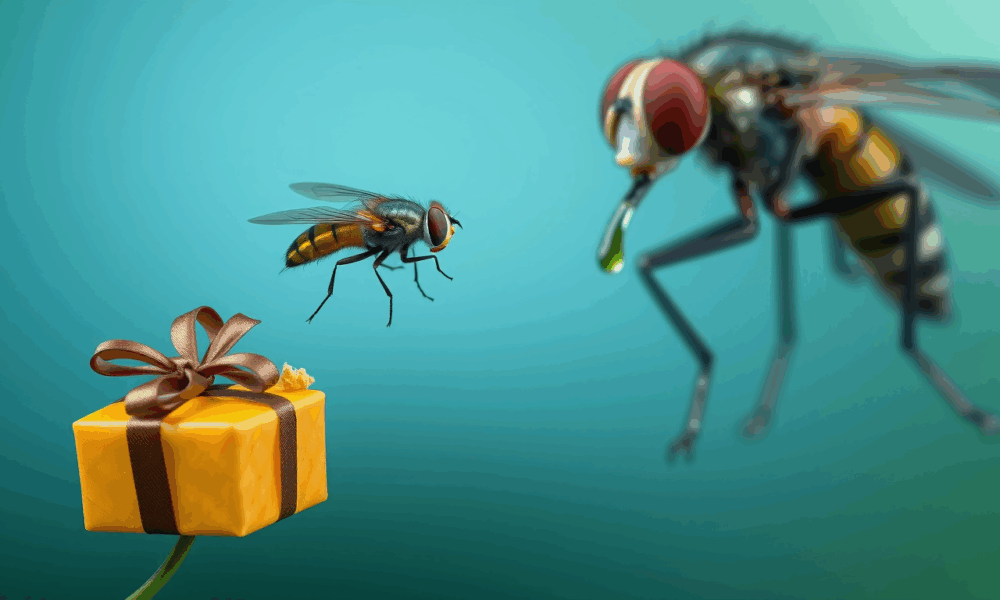


By flipping a single genetic switch, researchers made one fruit fly species adopt the gift-giving courtship of another, showing how tiny brain rewiring can drive evolutionary...
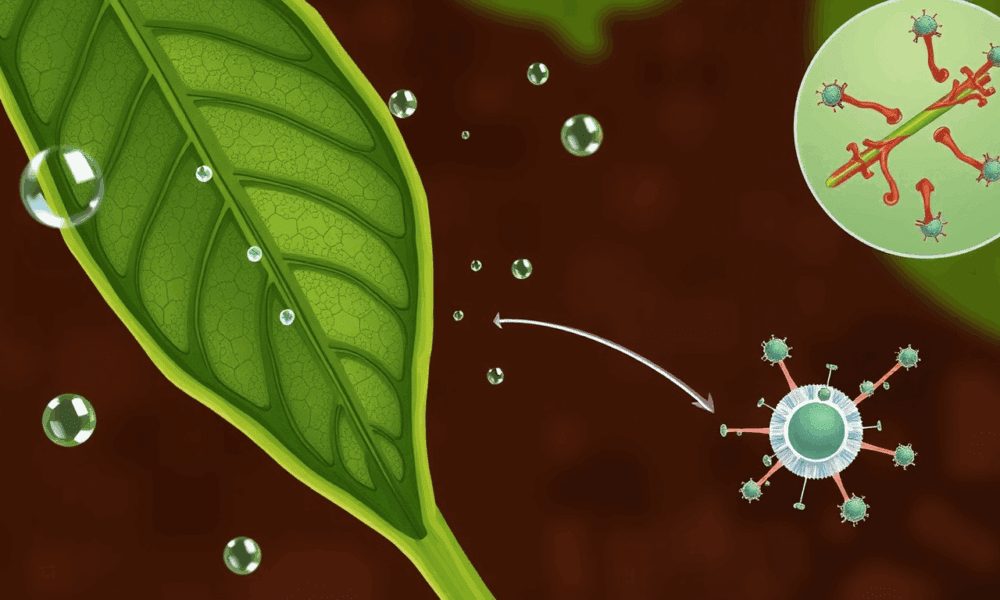
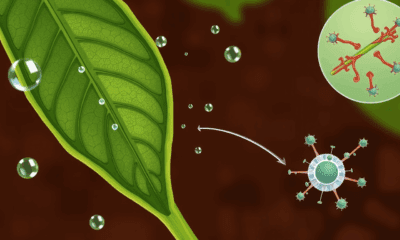

Scientists have discovered that a protein once thought to be just a cellular "courier" actually helps plants survive drought. This motor protein, myosin XI, plays a...



Sea cucumbers, long known for cleaning the ocean floor, may also harbor a powerful cancer-fighting secret. Scientists discovered a unique sugar in these marine creatures that...
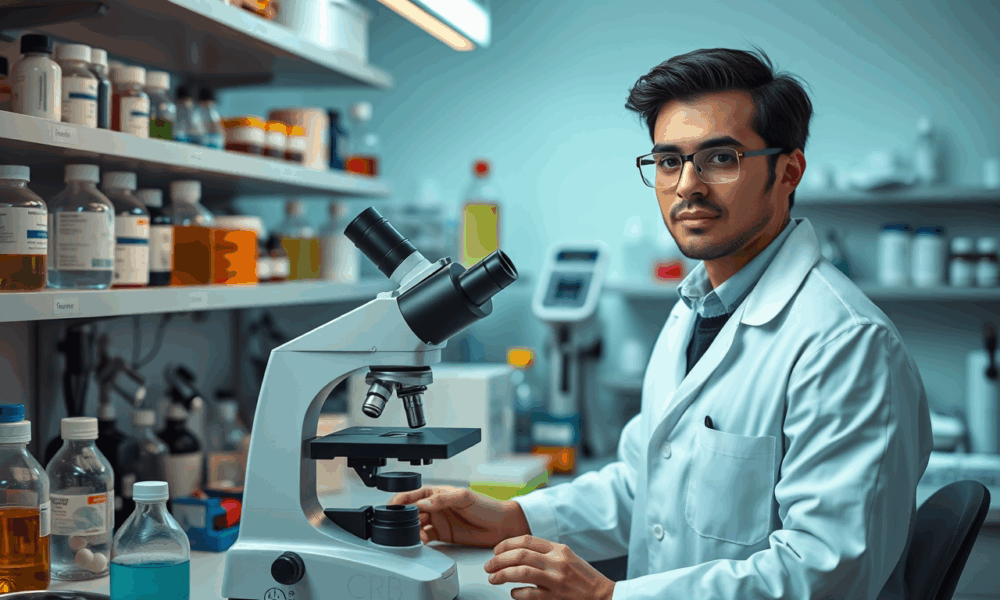
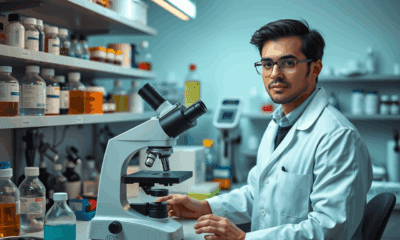

Researchers have synthesized a new compound called infuzide that shows activity against resistant strains of pathogens.
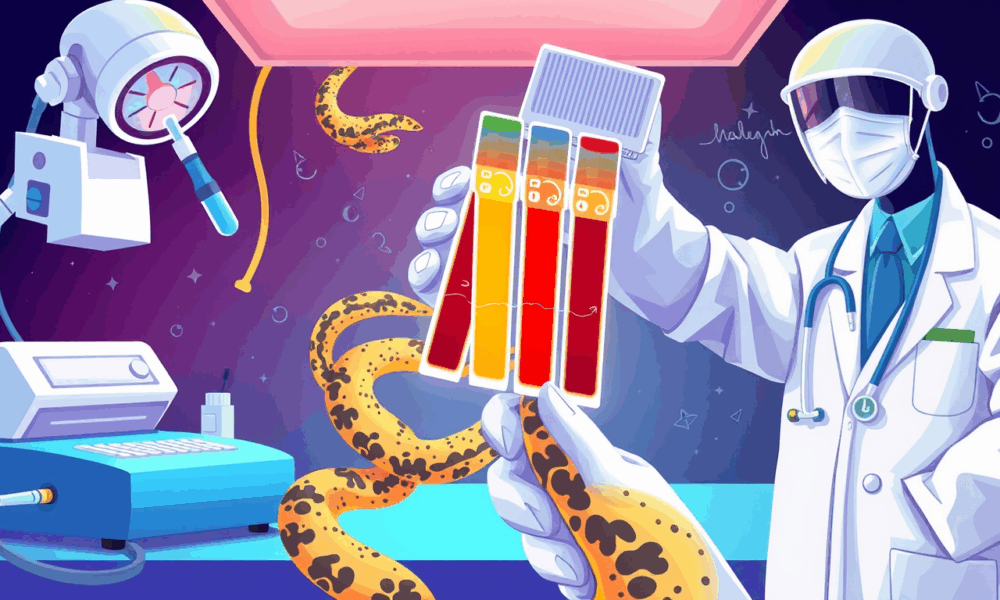
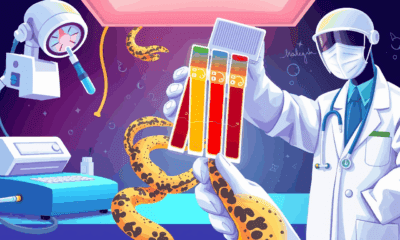

Researchers have published the first example of a synthetic sugar detection test for snake venom, offering a new route to rapid diagnosis and better antivenoms.
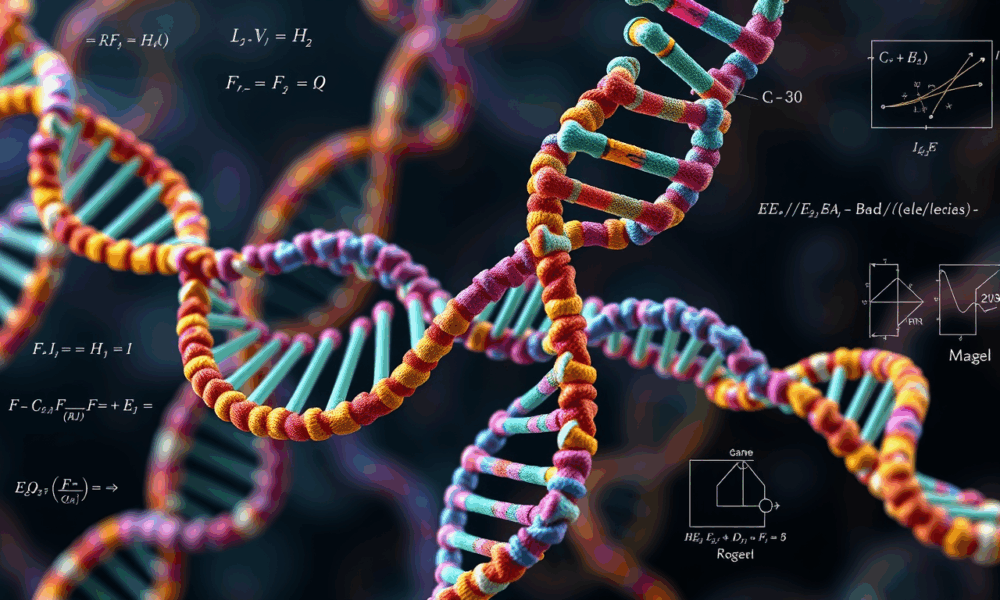
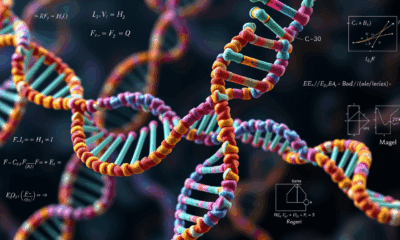

Scientists have developed a unified theory for mathematical parameters known as gauge freedoms. Their new formulas will allow researchers to interpret research results much faster and...
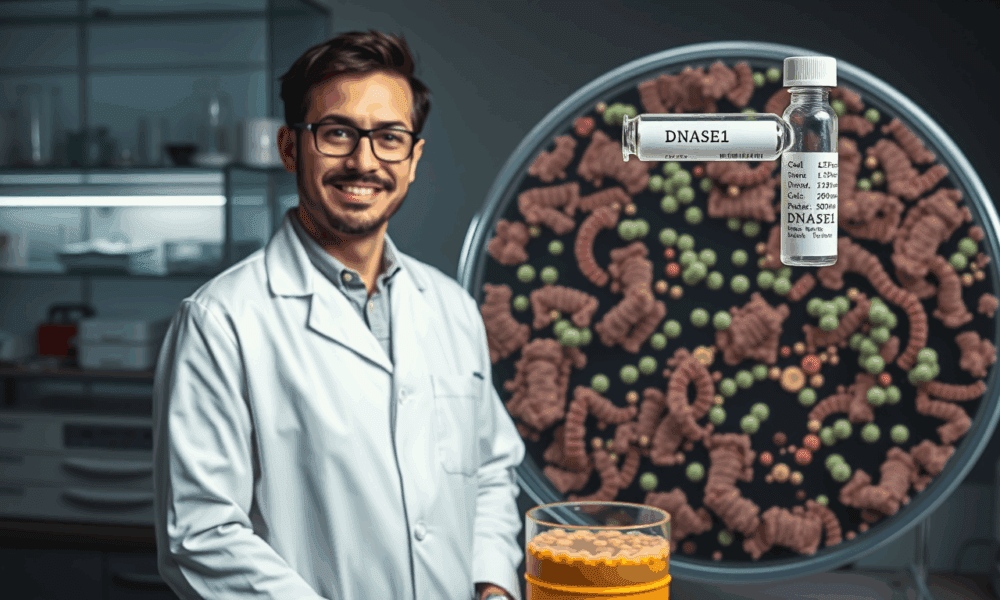
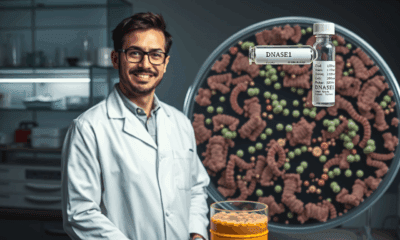

The protein DNase1 is one of the oldest biological agents in history: It has been on the market since 1958 and is now used, among other...
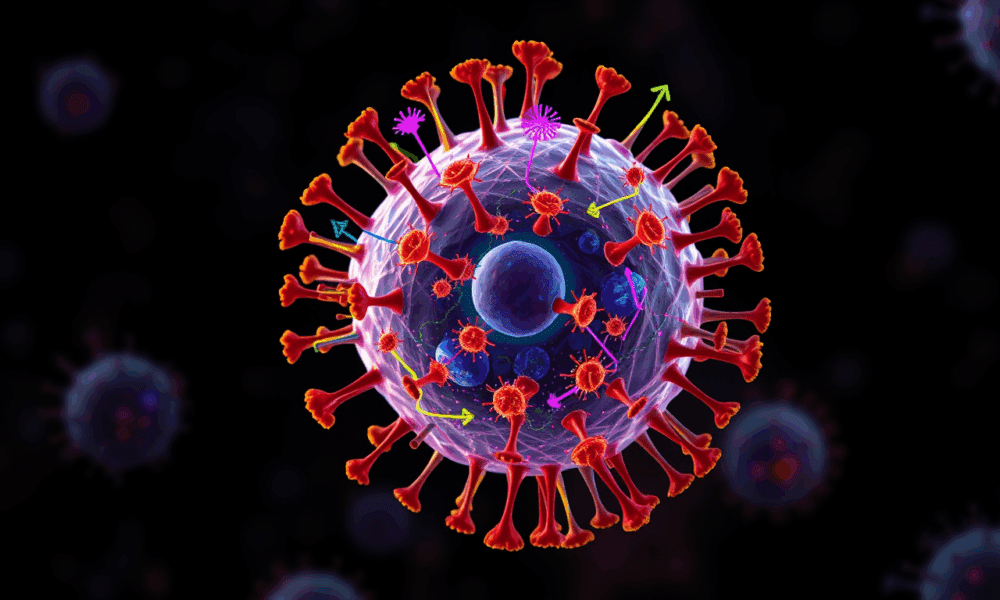
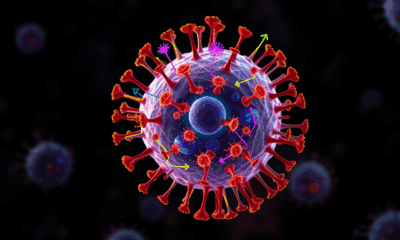

A team identified herpes virus saimiri, which infects the T cells of squirrel monkeys, as a source of proteins that activate pathways in T cells that...
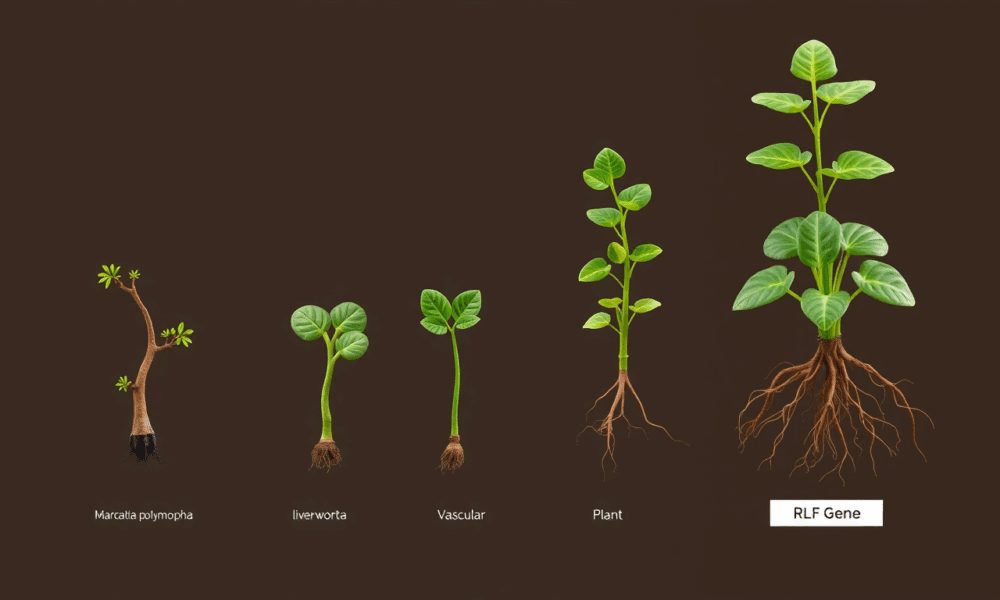
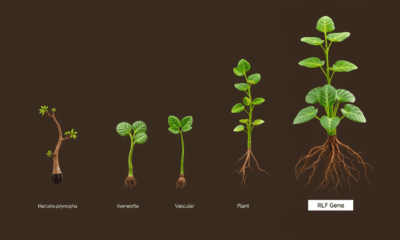

A gene that regulates the development of roots in vascular plants is also involved in the organ development of liverworts -- land plants so old they...
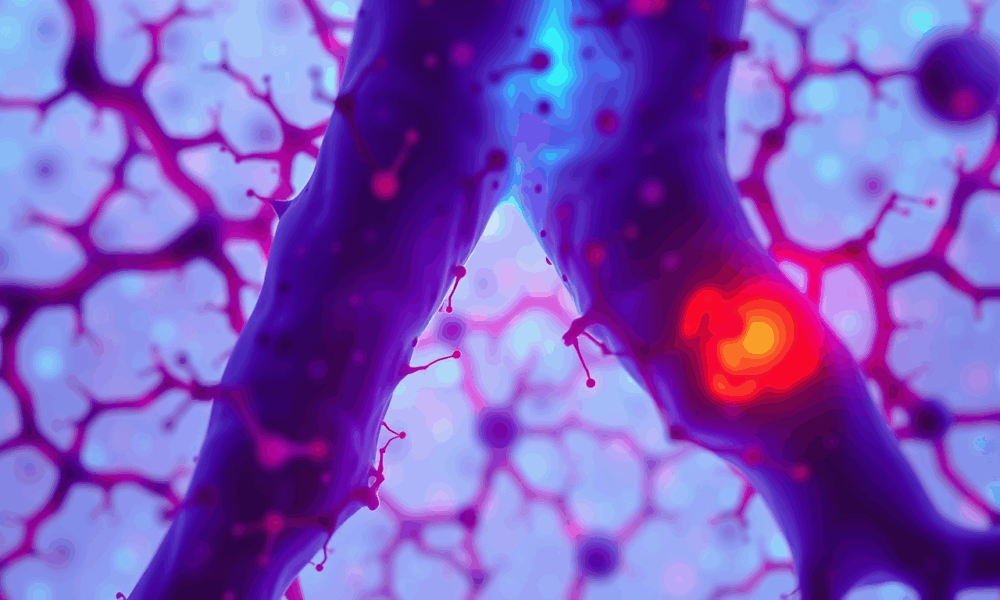
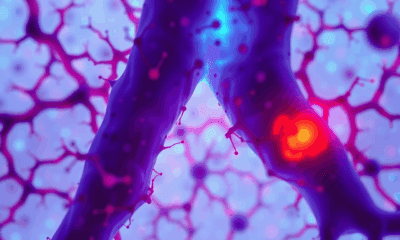

Researchers have shown that gonadotrophs, cells in the pituitary gland with a key role in puberty and reproduction, come from two different populations, with the majority...